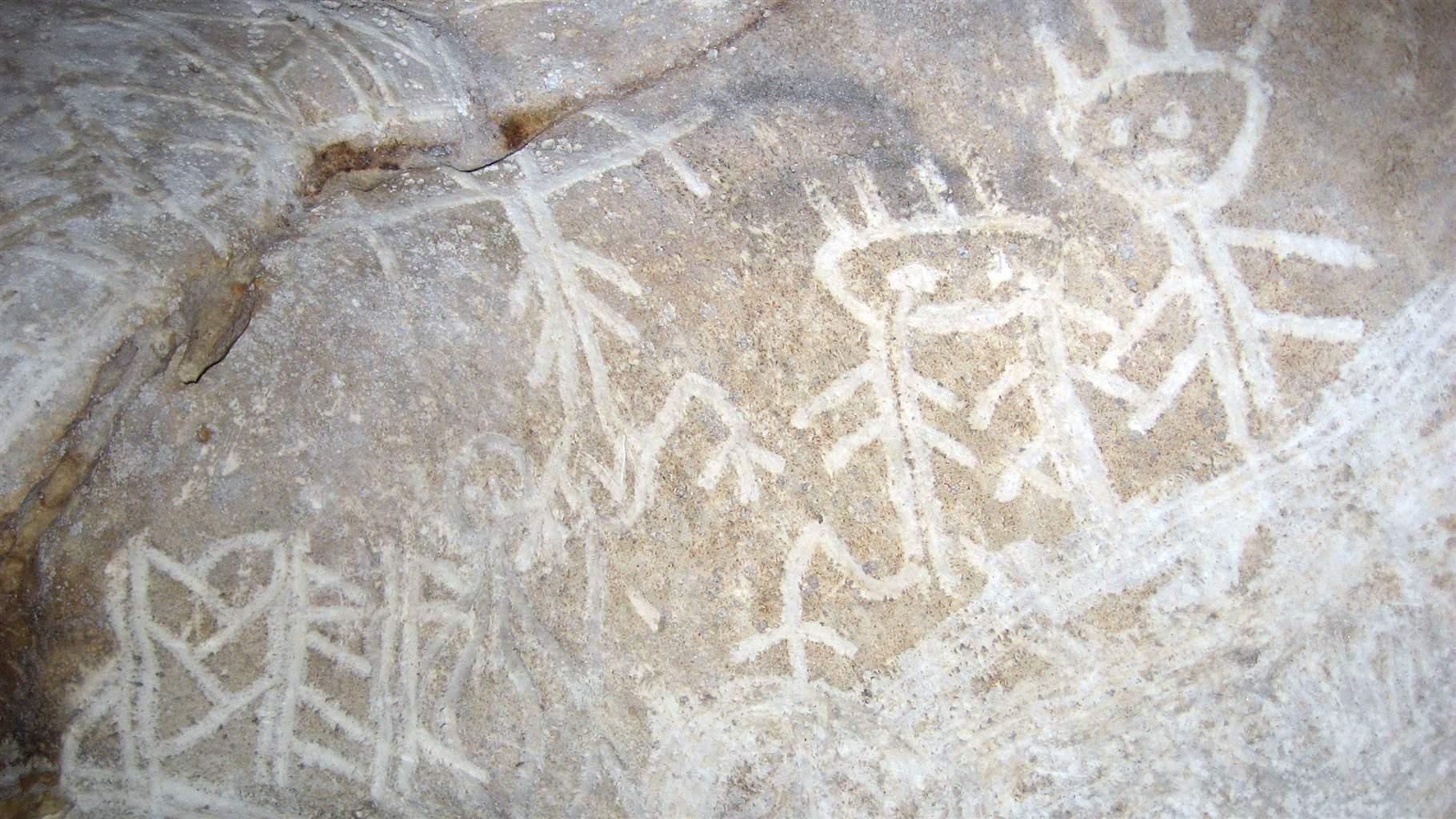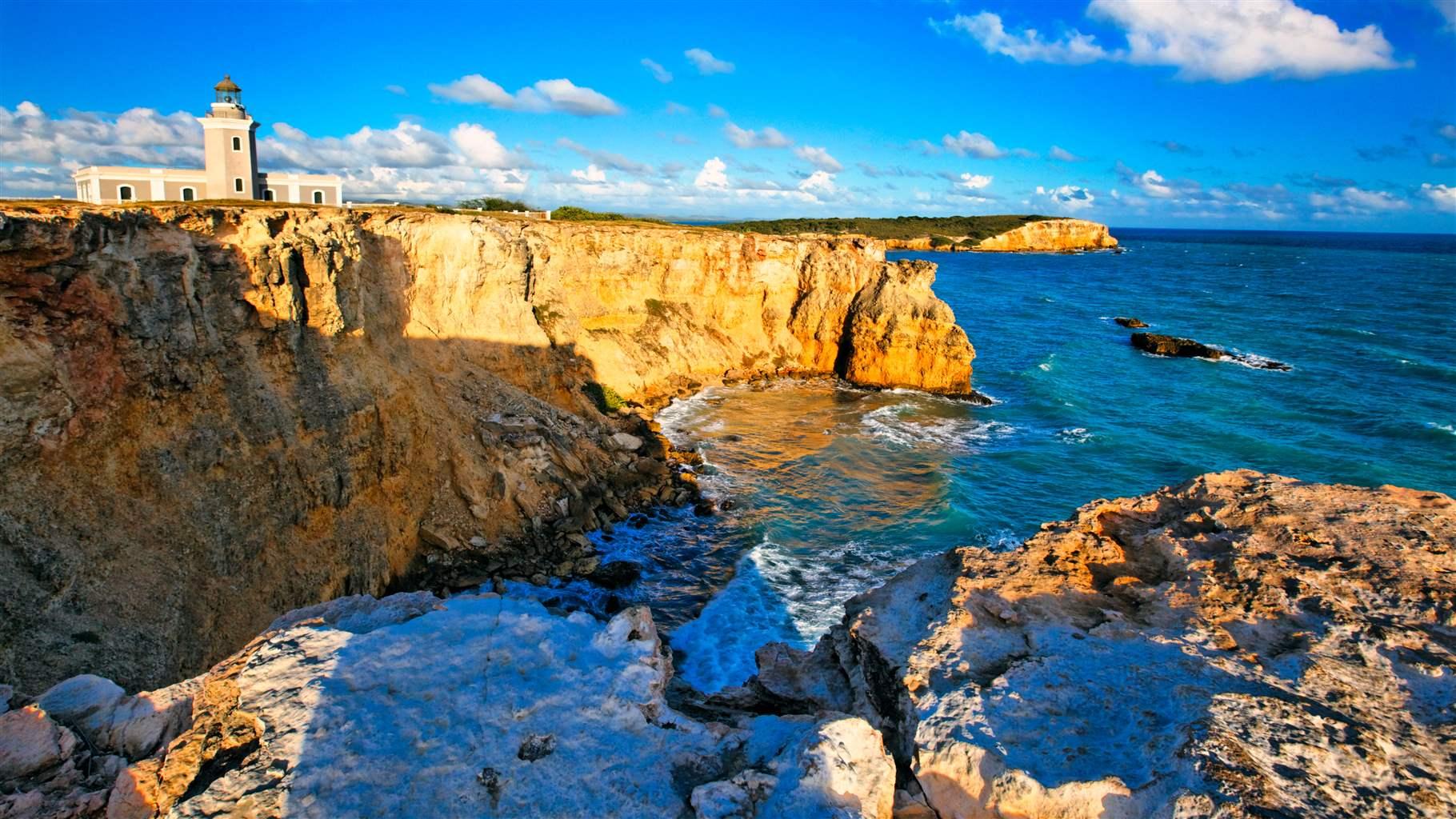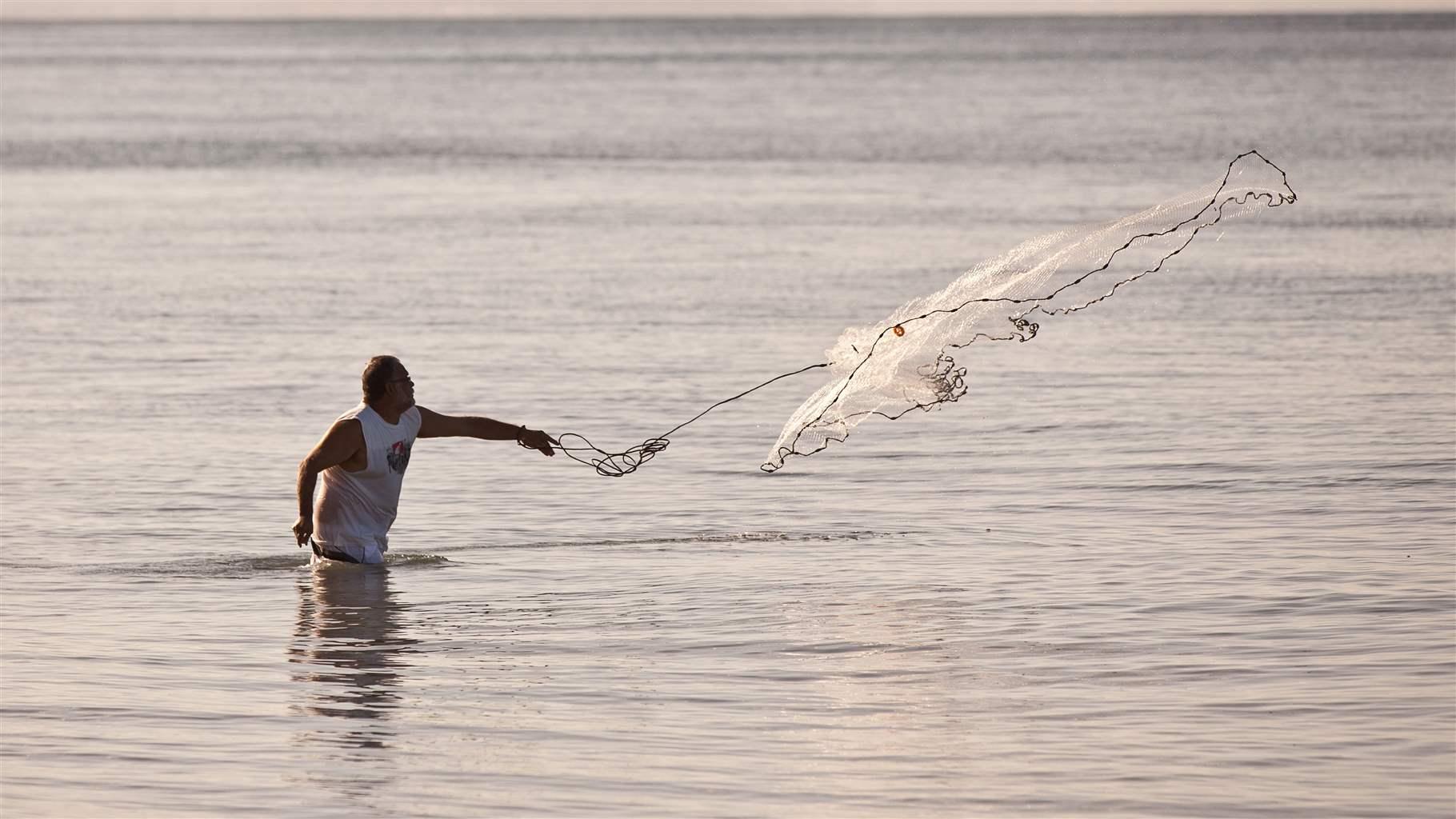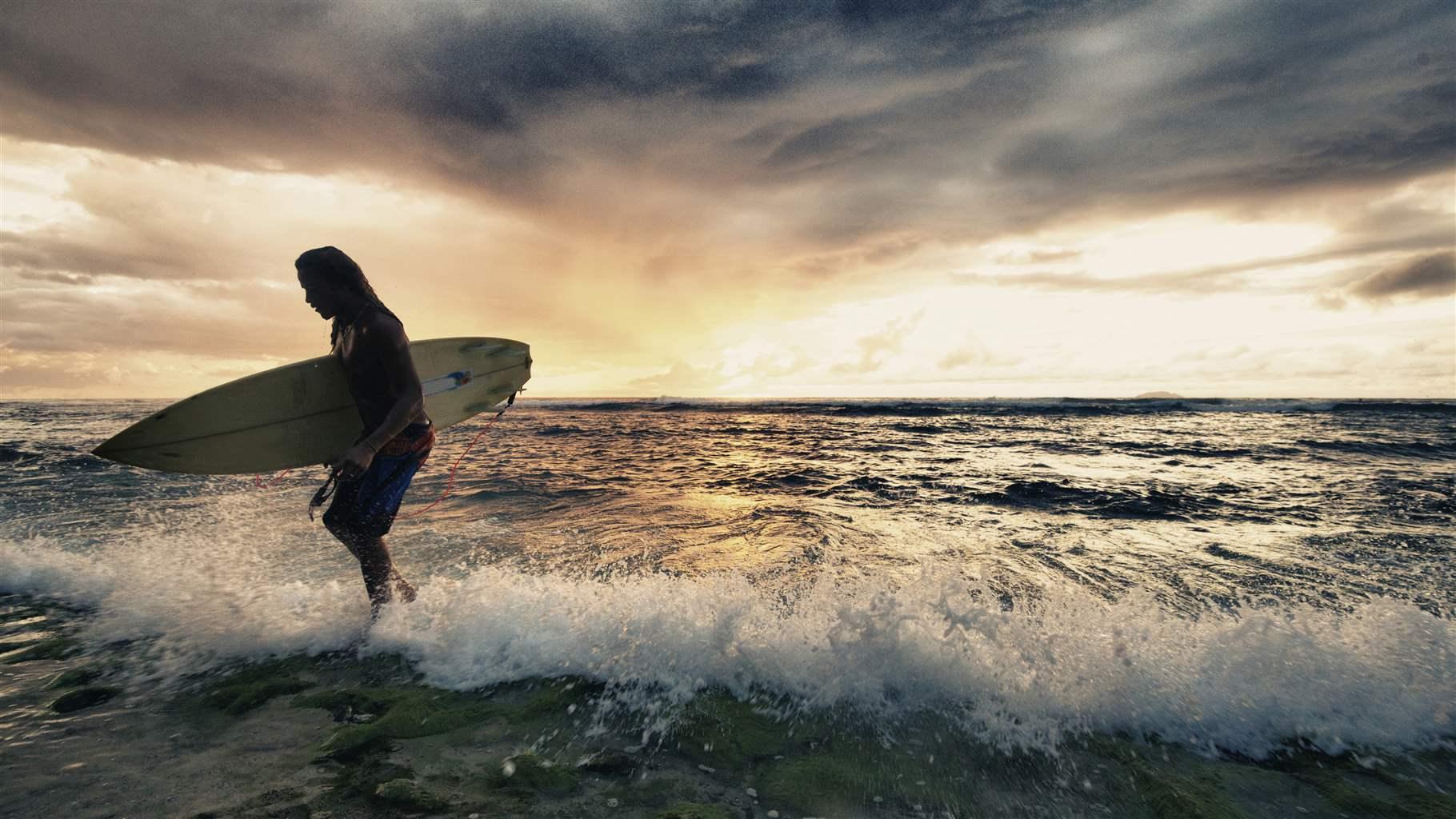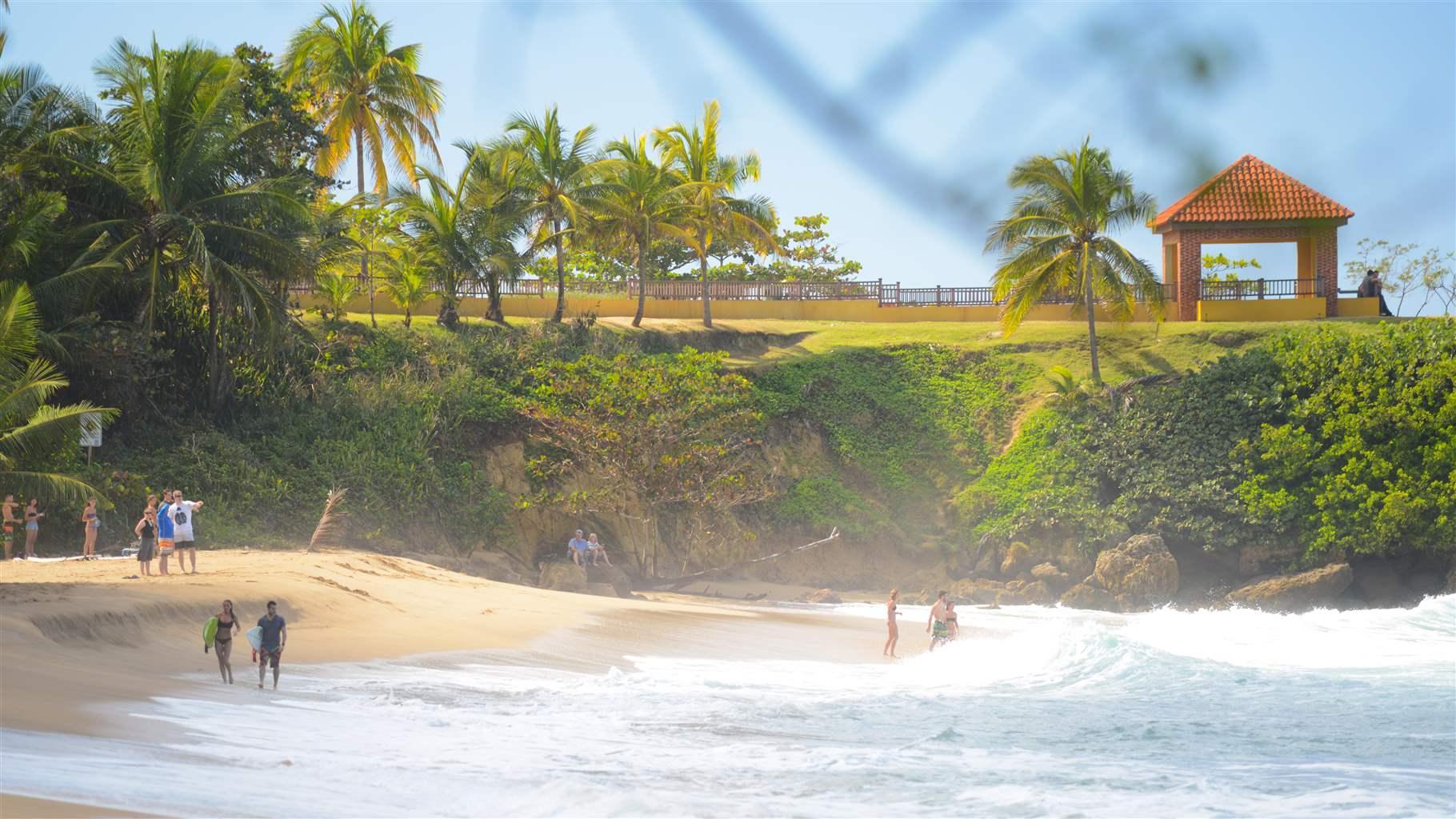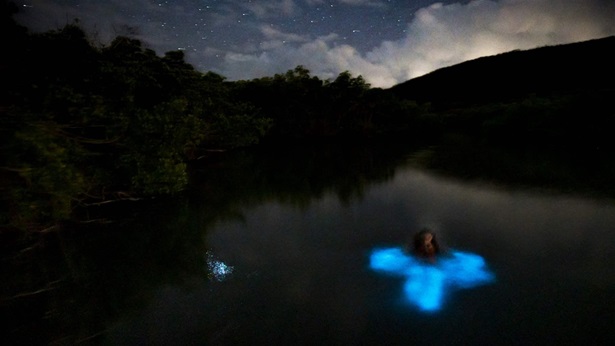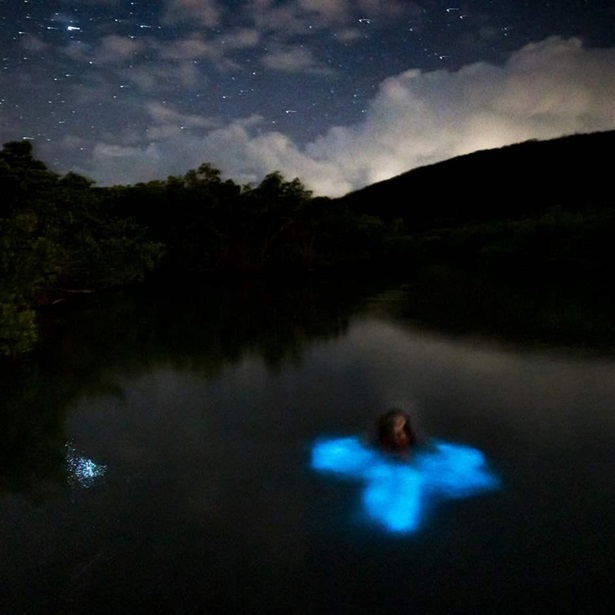Eight Reasons to Safeguard Western Puerto Rico's Ocean and Coast
From fishing and diving to community gatherings, region’s culture and economy rely on a healthy environment
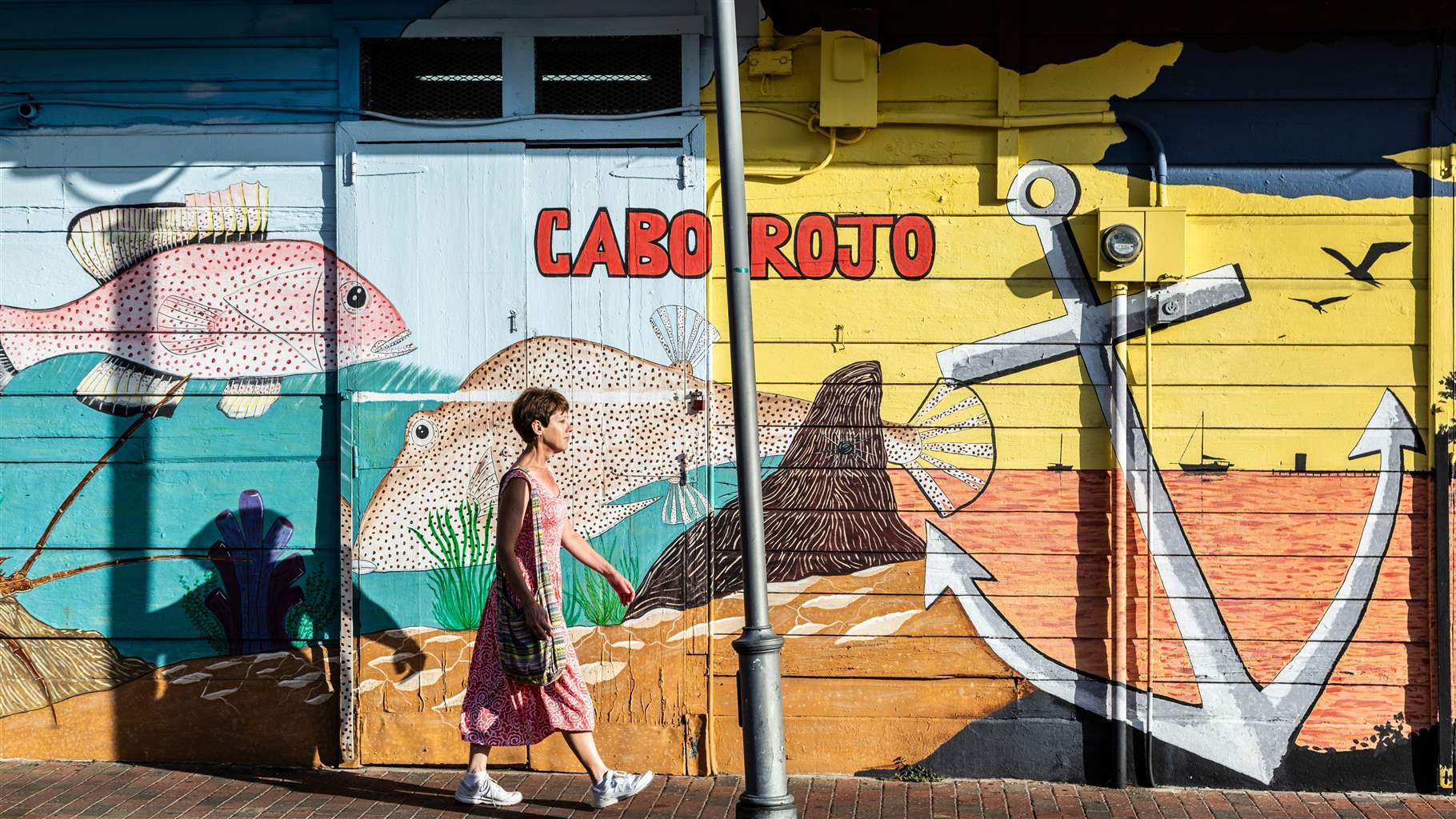
Puerto Rico’s west coast boasts vibrant beachfront communities, world-class water sports, historical artifacts, and traditional celebrations that showcase the region’s cultural history and identity.
From ancient shipwrecks and cave paintings to surfing and local music, seafood, fishing, and boating, this region’s coastal culture and economy rely on a healthy ocean and sustainable fisheries—both of which must be managed with policies that address a variety of threats.
Here are eight cultural activities and symbols of western Puerto Rico’s coastal heritage:
- Taínos cave art: Puerto Rico’s Indigenous peoplethe Taínos, left behind pieces of pottery, beads, and cave paintings. Explorers have discovered Taíno art in 30 caves in Isla de Mona, including the only known drawing of the arrival of Christian missionaries to the New World.
- Shipwrecks: Sailing through the Mona Channel’s rough waters was treacherous in the 17th and 18th centuries, and the ships and treasures of pirates, Spanish explorers, and others now lie in watery graves. In 1986 off Rincón, a ship believed to be a merchant vessel was discovered in only 13 feet of water with artifacts including tools, plates, a musket, and a brass astrolabe—a mariner’s instrument used for celestial navigation. The astrolabe is stored in a vault at the Puerto Rican Cultural Institute in San Juan, and the ship remains where it sank.
- Lighthouses: More than 100 years ago, lighthouses guided mariners to Puerto Rico to trade sugar, coffee, and tobacco. As a result, the island’s agriculture and fishing industries blossomed. Of the 16 lighthouses in Puerto Rico, five grace the west coast. These historic towers, built primarily in the 1800s, rest on jagged cliffs and along isolated stretches of shore. They are closed to the public, but their grounds offer sweeping views of the sea.
- Diving: The waters off western Puerto Rico harbor hundreds of wrecks, including the remains of a B-29 bomber plane off Aguadilla that is believed to have crashed in 1945 after takeoff from the Borinquen Army Airfield. Among the shipwrecks is one rumored to have belonged to Sir Francis Drake when he sailed west after failing to capture the city of San Juan. Other popular diving attractions include the caverns of Desecheo Island and an array of coral reefs from Guánica to La Parguera; the island’s coral reefs contribute $2 billion to Puerto Rico’s economy. Because of its biodiversity and endemic ground iguana, Mona Island is often compared to the Galapagos Islands. Underwater visibility sometimes reaches 165 feet around the protected island, affording some of the clearest diving in the Caribbean Sea.
- Artisanal fishing: West coast fishermen, who account for roughly 40% of all commercial landings in Puerto Rico, carry on a long tradition of providing seafood to families and communities. Fish markets and restaurants abound in municipalities such as Cabo Rojo, Mayagüez, and Añasco. Artisanal fishers in this region venture out to sea in small boats called yolas, and some still fish as their ancestors did, with hook and line, nets, spears, baskets, and other traps. The restaurants that line the streets of small towns from Joyuda to Combate are part of Puerto Rico’s blue economy, which supports 4,295 ocean-dependent establishments with 66,720 employees and nearly $922 million in total wages.
- Virgen del Carmen: For hundreds of years, fishers have prayed to their patron saint, la Virgen del Carmen or Our Lady of Mount Carmel, to protect them while at sea. In Cabo Rojo, a candle burns year-round at a statue of the saint near the bay’s entrance. July marks major celebrations in several towns, where fishers organize a Mass to honor the saint, and worshippers place a statue of her in a boat that sets sail, followed by a procession of boats decorated with flowers.
- Surfing: Several western Puerto Rico cities, including Isabela and Aguadilla, are home to world-class surfing. Rincón hit the world surfing map after the International Surfing Championships were held there in 1968. Tres Palmas Natural Reserve, Domes Beach, and Little Malibu host winter surf events that draw locals and tourists from around the world.
- Beaches: On weekends, locals gather on the region’s shores to swim, snorkel, paddleboard, surf, and dance. Families cook large pots of arroz con pollo y habichuelas (rice, chicken, and beans), alcapurrias(fritters), or pastelillos (fried turnover made with meat, chicken, or seafood). These gatherings carry on long-held traditions and help pull communities together.
Protecting western Puerto Rico’s cultural assets and traditions is important for its coastal economy and way of life. Cohesive policies and management can help ensure that these special places and traditions thrive for future generations.
Holly Binns is a project director and David Ortiz is a manager with The Pew Charitable Trusts’ project to conserve marine life in the United States.
